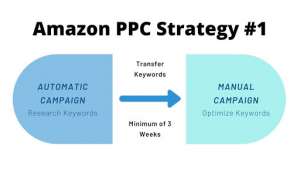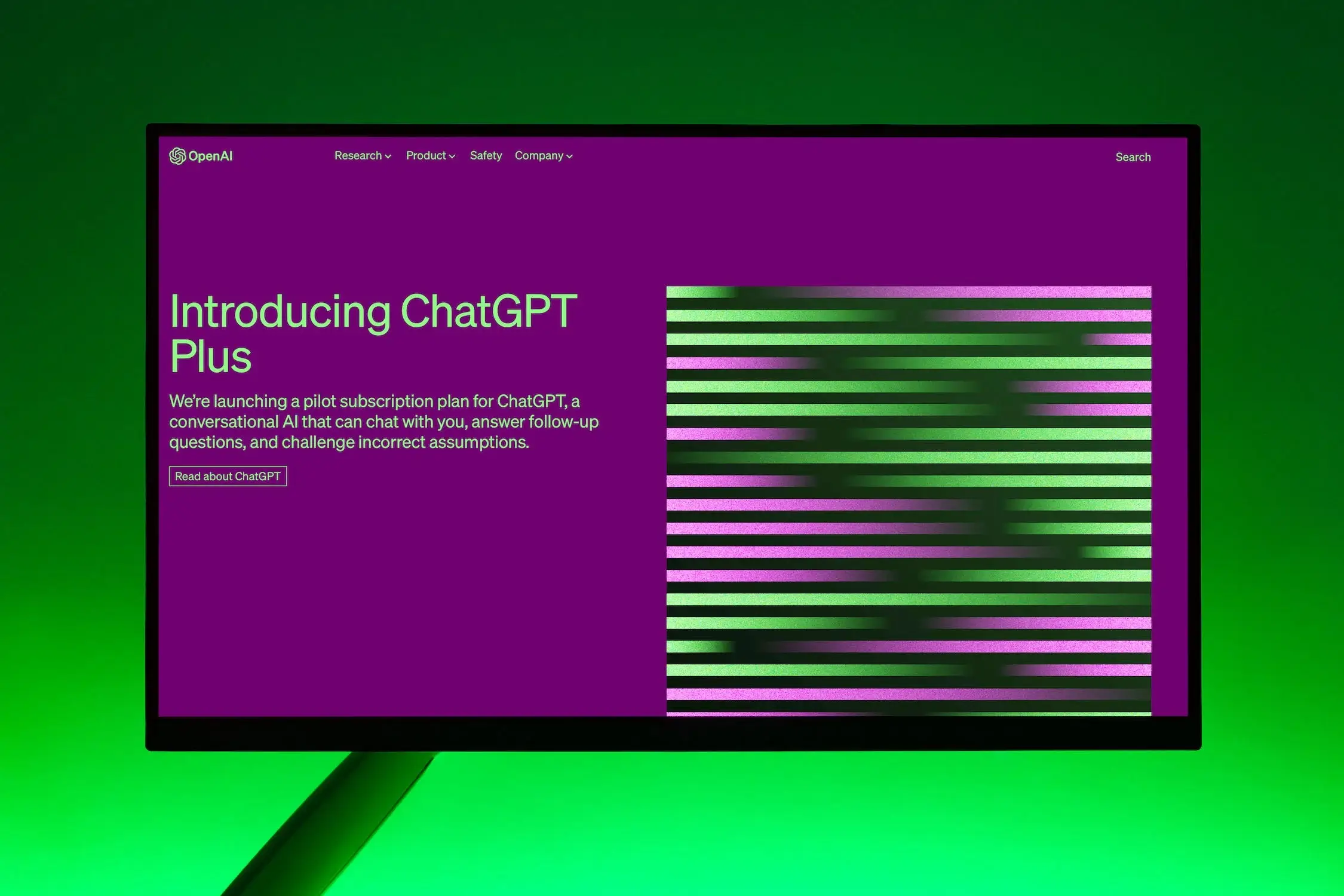With the competition so fierce for Amazon sellers, the need for advertising is evident if you want to come out on top. Of the millions of small and medium businesses selling on Amazon, only 50,000 surpassed the half-million mark in annual sales. Now, that’s what I call competition!
Of course, there are many marketing metrics in business that you have to consider before launching an ad campaign on Amazon, such as conversion rate, traffic sources, revenue per visitor, etc. Of all these, the conversion rate is probably the most relevant metric to Amazon ad campaigns.
Amazon Ad Campaigns – Relevant Terms
The keyword strategies for Google and Amazon are somewhat similar. They both decide based on relevance and a host of other factors. The only difference is their intent. Google has the intention of answering questions, and Amazon intends to sell.
Before we dive into finding relevant keywords for your ad campaigns, perhaps it’s best to review the terms that you’ll often use. If you want to know more, check this Amazon SEO guide.
Keywords
This is a group of words that are used to target potential traffic on Amazon. The more words there are, the more specific your targeted traffic becomes.
Impressions
An impression refers to an instance when Amazon shows your product ad on the screen to a shopper. Buyers see impressions on the search results page or product detail pages.
Clicks
A click is a potential customer who goes to your product listing by clicking on the ad you paid for on Amazon.
Click-Through Rate (CTR)
This number is derived by dividing the number of customers who click on your paid ads by the number of times your ads are shown on Amazon. For example, if your impressions are 100, and you have one click, then your CTR will come out at 1%. The average CTR is .41%. Anything above that is considered excellent. SEO services also consider this metric when analyzing ads outside of Amazon.
Cost-Per-Click (CPC)
This is the amount you pay when a customer clicks on your ad and looks at your product listing. It could range from a few cents to a few dollars, depending on the competition for the keywords you’re using. Amazon CPC is a bidding war, so you need to bid for the keywords you think will improve your sales.
If you win the auction, you only need to pay one cent more than the second-highest bid. For example, if you won with an offer of $2 and the second-highest bid was $1.50, Your CPC will only be $1.51.
Spend
This is the amount of money spent on your ads. You can get this number by multiplying the number of clicks with the CPC (cost-per-click).
Orders
This refers to the number of items bought from you as a direct result of your PPC ads.
Sales
This is the total amount of money you earned from all the orders fulfilled because of your PPC ads.
Advertising Cost of Sales (ACoS)
ACoS is the percentage of your ad spend versus your total sales. Sellers usually prefer it low, so their final profit margin will be higher. The final profit margin is computed by subtracting the ACoS from the product’s production cost.
For example, an item sells for $30, the profit margin is 40% ($12), and ACoS is 10% ($3). You will then have a final profit of $9 for each sale through ads. The main goal of companies that offer Amazon account management is to lower ACoS while keeping the conversion rate at a high level.
Conversion Rate
This is the percentage of people who go to your landing page on Amazon and make a purchase. The average conversion rate is 1% to 2%. Realistically, your goal as a business should be above 2% to cover all your expenses.
Step 1: Find Out Your Target ACoS for the Account
Finding your target ACoS isn’t set-and-forget. Many sellers frequently base their targets on what other companies have determined to be acceptable. That’s a common mistake. Your target should be based on your products and profit margin. It’s essential to know your break-even ACoS to determine if your business is still profitable. Break-even happens when your profit is equal to your ACoS. Let’s look at an example of a company that uses PPC advertising.
Belt Inc.
Belt Inc. is a fictional company that specializes in premium leather belts for men. They sell their belts at $50 per item. Meanwhile, the cost of producing each belt is $20, and Amazon charges $7.50 per item.
$50 – $20 – $7.50 = 22.50 (the profit for each belt pre-advertisement)
$22.50 / $50 = 45% (profit margin)
As long as Belt Inc. keeps its ACoS below 45%, it’ll remain profitable. However, management has decided to increase its profit margin to 20%, so the ACoS should be lowered to 25%. They can use their new target to decide on their keyword strategy.
Step 2: Start an Auto Campaign
Automatic campaigns are ideal for beginners who don’t have the know-how on keyword research and bidding. In this type of campaign, Amazon will determine the search terms that it thinks will produce good results for your campaign. In this way, you’re able to identify long-tail keywords that are hard to find even with efficient keyword research tools.
They have disadvantages as well. You have no control over the bids for this type of campaign. This means that you’ll pay the same amount for non-converting and high-converting keywords.
The way to avoid this is by running your auto campaign for three weeks, taking the data of the first two weeks, and transferring your best-performing keywords to a manual campaign.
File Name: Amazon-ad-campaigns-transfer.jpg
Alt Tag: Amazon Ad Campaigns transfer
In this way, you can take those good keywords and transfer them to your manual campaign, where you can bid for them independently.
Let’s look at the two best keywords for Belt Inc.
File Name: Amazon-ad-campaigns-keywords.jpg
Alt Tag: Amazon Ad Campaigns keywords
Both of them have an ACoS of less than 45% but short of the target 25%. The best course of action is to transfer these keywords to a manual campaign and lower the bids in small increments until you reach your 25% ACoS target while monitoring the sales performance. In the same way, try increasing the bids for keywords with low ACoS and see if there’s a significant change in sales. Adjusting the bids in large amounts can quickly make keywords unprofitable.
Step 3: Add Negative Keywords
Negative keywords can usually undermine your campaign’s efficiency by wasting ad money. The key is to prevent your products from appearing in unrelated searches, thus keeping your ad spending on relevant searches by customers.
Here’s how you can do it:
- Go to Seller Central and head to the Reports tab.
- Click Advertising Reports
- Find the Customer Search Term column, look for words that are not related to your product, and highlight them.
- Think of the common root words for those terms that you highlighted.
- Add these common root words under the Negative Keyword tab for each of your campaigns.
For example, Belt Inc. sells premium leather belts for men. In the search term report, they noticed that they spent some money on search terms, like a girdle, cheap leather belt, and garter belt. To reduce the wasted spend, they decided to add these words as negative keywords:
- Woman (and other variations, such as ladies, lady, women, and girls)
- Girdle
- Cheap
- Garter
By doing this, Belt Inc. has prevented their ads from showing if a user’s search includes these words. Your ads will only appear if a customer has a very high chance of buying your products.
Step 4: Never Sneer at Low-Bid Campaigns
Running a successful campaign means you’ll be competing with other brands for a couple of dollars per click. However, you may be missing out on some orders. To make sure this doesn’t happen, try running low-bid campaigns for each of your products so that you can mop up all the orders.
Here’s how you do it:
- Pick the products you want to include in this low-bid campaign.
- Set the campaign to auto keyword targeting.
- In the campaign, set the bid to 10-25 cents per click.
You can easily get a couple of orders for your product without spending a lot. In fact, based on Amazon’s figures, these types of campaigns are often the most efficient in terms of ACoS. It wouldn’t hurt to put this tactic in your Amazon Product Launch Guide, either.
Amazon Ad Campaigns Value Quality Over Quantity
Of course, the conversion rate is pretty important, too. Without customers buying your products, all the money spent on ads will be for naught. However, you can be sure that Amazon’s 112 million Prime members will find their way to your products with the help of your Amazon ad campaigns. The quality of your keywords will prevail over quantity every single time. This is why we play the game.
Author’s Bio
Jayce is the managing director of Seller Interactive, an Amazon marketing agency that offers Amazon SEO services to brands built on Amazon. With content marketing skills that have taken him to top brands such as GoDaddy and Toyota, he’s cemented his knowledge and expertise in helping brands reach new heights.












